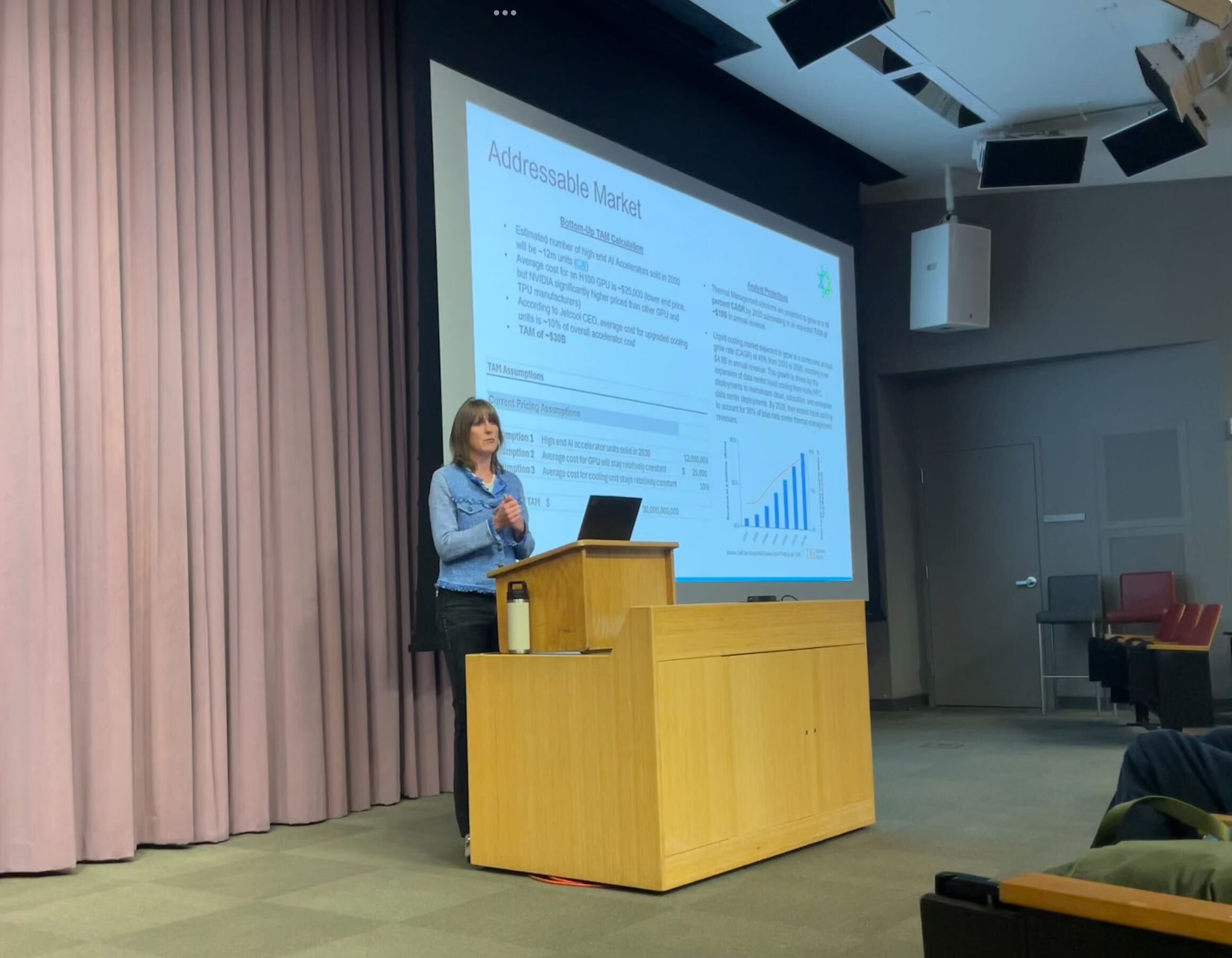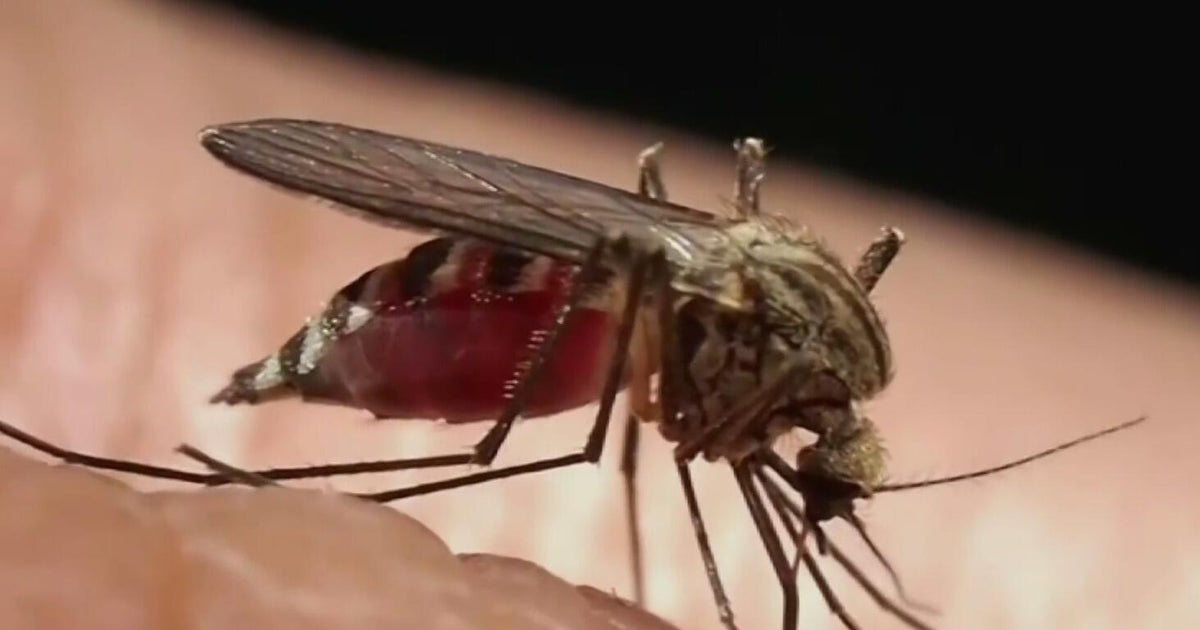Cholera Response in Congo: Mbamou Island Breathes Again – WHO | Regional Office for Africa

Report on the Cholera Outbreak Response in the Republic of Congo: An Integrated Approach to Sustainable Development Goals
Introduction: A Public Health Crisis Impacting SDG 3
Since July 26, 2025, the Republic of Congo has been confronting a cholera outbreak, presenting a significant challenge to the achievement of Sustainable Development Goal 3 (Good Health and Well-being). The outbreak has primarily affected vulnerable populations, with the 15-24 age group being the most impacted. As of August 15, 2025, the situation report is as follows:
- Total Cases: Over 430
- Total Deaths: 34
- Most Affected Areas: Mbamou Island, Talangaï (Brazzaville Department), and Mossaka-Loukolela (Congo-Oubangui Department)
The personal account of Angèle, a young mother from Mbamou Island, highlights the severe impact on individual health and underscores the urgent need for interventions that support SDG 3, particularly Target 3.3, which aims to end the epidemics of communicable diseases.
A Multi-Sectoral Response Aligning with SDG 17: Partnerships for the Goals
In alignment with SDG 17 (Partnerships for the Goals), a rapid and coordinated response was initiated following the official declaration of the outbreak. The World Health Organization (WHO), in collaboration with the government and other partners, activated its Incident Management System (IMST). This partnership was crucial for mobilizing resources and expertise effectively.
- Government Leadership: The government’s declaration enabled the mobilization of national and international support.
- WHO Technical Support: WHO deployed three multidisciplinary teams to priority areas to structure the response, confirm cases, and strengthen national capacities.
- Partner Contributions: Other partners complemented these efforts by addressing critical infrastructure needs, demonstrating a comprehensive, multi-stakeholder approach.
Strengthening Health Systems and Capacity: Direct Action on SDG 3
The response focused heavily on strengthening the local health system’s capacity for early warning, risk reduction, and management of health risks, directly contributing to SDG Target 3.d. Key interventions included:
- Medical Supplies: Delivery of 7 tons of essential cholera medicines and kits.
- Infrastructure: Establishment of dedicated cholera treatment centers in Mbamou, Mossaka, and Talangaï.
- Human Resources: Training for 172 health workers on case management and infection prevention and control (IPC).
- Logistical Support: Provision of a speedboat to overcome geographical barriers between Mbamou Island and Brazzaville, ensuring patient transport and supply delivery.
- Surveillance: Enhancement of epidemiological surveillance and active case finding at entry points and within communities.
Dr. Nelson Bokale, chief medical officer of Mbamou Island, noted that this support was a “turning point,” enabling a more structured and effective response that saved lives.
Advancing SDG 6: Clean Water and Sanitation
Recognizing that cholera is a waterborne disease, the response integrated critical interventions to advance SDG 6 (Clean Water and Sanitation). These actions are fundamental to controlling the current outbreak and preventing future occurrences.
- Disinfection of 61 wells and multiple health facilities.
- Repair of community boreholes to provide safe drinking water.
- Distribution of water purification tablets to over 1,300 households.
- Installation of handwashing stations in strategic public locations.
Outcomes and Community Empowerment
The integrated, multi-goal strategy has yielded positive results. The declining trend of the outbreak and the significant reduction in the fatality rate on Mbamou Island—from 11.7% to 4.8% in two weeks—demonstrate progress towards achieving SDG 3. Furthermore, the response has empowered communities through health education and risk communication.
- Community Education: 250 community relays were trained to disseminate preventive measures, reaching thousands of families.
- Advocacy: Recovered patients like Angèle have become community advocates, promoting early health-seeking behaviors and strengthening community resilience.
As noted by Dr. Vincent Dossou Sodjinou, WHO Representative in Congo, the effective collaboration between the government and partners has been central to this success, ensuring that treatment centers are operational and communities are better informed to protect themselves.
Analysis of Sustainable Development Goals in the Article
1. Which SDGs are addressed or connected to the issues highlighted in the article?
- SDG 3: Good Health and Well-being: This is the primary SDG addressed. The article focuses on a public health crisis—a cholera outbreak—and the comprehensive response to treat the sick, prevent further infections, and reduce mortality. The efforts to manage the disease, train health workers, and establish treatment centers directly contribute to ensuring healthy lives and promoting well-being.
- SDG 6: Clean Water and Sanitation: The article directly links the cholera outbreak to issues of water and sanitation. Cholera is a waterborne disease, and the response included disinfecting wells, repairing boreholes, distributing water purification tablets, and installing handwashing stations. These actions are central to achieving access to clean water and sanitation.
- SDG 17: Partnerships for the Goals: The article highlights a multi-stakeholder collaboration to combat the outbreak. The government of the Republic of Congo, the World Health Organization (WHO), and other partners worked together, sharing resources (medicines, speedboat), expertise (logistics, hygiene, risk communication), and personnel. This partnership was crucial for the rapid and effective response described.
2. What specific targets under those SDGs can be identified based on the article’s content?
- Target 3.3: “By 2030, end the epidemics of AIDS, tuberculosis, malaria and neglected tropical diseases and combat hepatitis, water-borne diseases and other communicable diseases.” The entire article details the response to a cholera outbreak, which is a water-borne and communicable disease. The goal of the intervention is to end this specific epidemic.
- Target 3.d: “Strengthen the capacity of all countries, in particular developing countries, for early warning, risk reduction and management of national and global health risks.” WHO’s support in activating an Incident Management System, deploying multidisciplinary teams to strengthen national capacities, and enhancing epidemiological surveillance directly aligns with this target of building resilience to health risks.
- Target 6.1: “By 2030, achieve universal and equitable access to safe and affordable drinking water for all.” The actions of disinfecting 61 wells and repairing boreholes are direct efforts to improve the safety and accessibility of drinking water for the affected communities.
- Target 6.2: “By 2030, achieve access to adequate and equitable sanitation and hygiene for all…” The installation of handwashing stations and the education of community relays on preventive measures are specific interventions aimed at improving hygiene practices, which is a core component of this target.
- Target 6.b: “Support and strengthen the participation of local communities in improving water and sanitation management.” The training of 250 community relays and the active involvement of recovered patients like Angèle in community awareness campaigns demonstrate the strengthening of local participation in health and hygiene management.
- Target 17.16: “Enhance the global partnership for sustainable development…” The article is a case study of this target in action, describing how the WHO collaborated with the national government and other partners to mobilize and share knowledge, expertise, and resources (like 7 tons of medicines and kits) to support the country in addressing the health crisis.
3. Are there any indicators mentioned or implied in the article that can be used to measure progress towards the identified targets?
- Number of cholera cases and deaths: The article states that the outbreak affected “over 430 people and caused 34 deaths.” These figures serve as direct indicators for measuring the scale of the epidemic (relevant to Target 3.3).
- Fatality rate: The article explicitly mentions the fatality rate on Mbamou Island dropping from 11.7% to 4.8%. This is a key performance indicator for the effectiveness of the health intervention and progress towards managing the health crisis (Target 3.3).
- Number of health workers trained: The training of “172 health workers in case management and infection prevention” is a clear indicator of strengthened national capacity to manage health risks (Target 3.d).
- Number of water sources improved: The “disinfection of 61 wells” and the repair of boreholes are quantifiable indicators of progress towards providing safe drinking water (Target 6.1).
- Number of households reached with water purification supplies: The distribution of “water purification tablets to more than 1,300 households” is an indicator for improving access to safe water at the household level (Target 6.1).
- Number of community members engaged: The training of “250 community relays” and reaching “thousands of families” through awareness campaigns are indicators of community participation and education efforts (Target 6.b).
- Quantity of medical supplies delivered: The delivery of “7 tons of cholera medicines and kits” is an indicator of the resources mobilized through partnership to address the health emergency (Target 17.16).
SDGs, Targets and Indicators Identified in the Article
| SDGs | Targets | Indicators |
|---|---|---|
| SDG 3: Good Health and Well-being | 3.3: End epidemics of water-borne and other communicable diseases. |
|
| 3.d: Strengthen capacity for early warning, risk reduction, and management of health risks. |
|
|
| SDG 6: Clean Water and Sanitation | 6.1: Achieve access to safe and affordable drinking water. |
|
| 6.2: Achieve access to adequate sanitation and hygiene. |
|
|
| 6.b: Support and strengthen the participation of local communities. |
|
|
| SDG 17: Partnerships for the Goals | 17.16: Enhance the global partnership for sustainable development. |
|
Source: afro.who.int

What is Your Reaction?
 Like
0
Like
0
 Dislike
0
Dislike
0
 Love
0
Love
0
 Funny
0
Funny
0
 Angry
0
Angry
0
 Sad
0
Sad
0
 Wow
0
Wow
0

















































:focal(1500,1000)/https://media.globalcitizen.org/a6/9a/a69a4720-d8a1-4715-b596-18738d03c05c/rotary_polio_hero_image.jpg?#)






/countries/sri-lanka/photo-credit---dmc-sri-lanka.tmb-1200v.jpg?sfvrsn=dc298bcc_1#)







![EMJ Microbiology & Infectious Diseases 6 [Supplement 4] 2025 – European Medical Journal](https://www.emjreviews.com/wp-content/uploads/2025/11/EMJ-EACS-Supplement-2025_Web.jpg?#)










